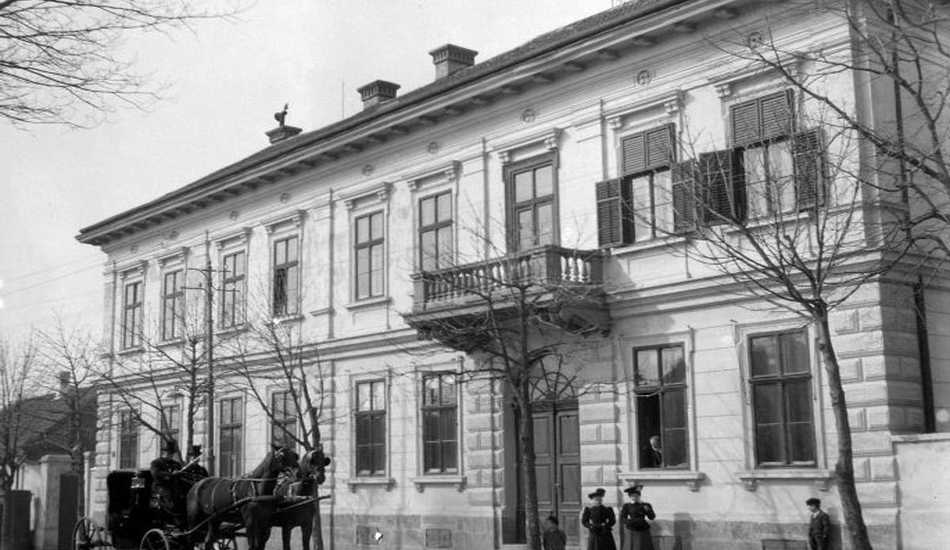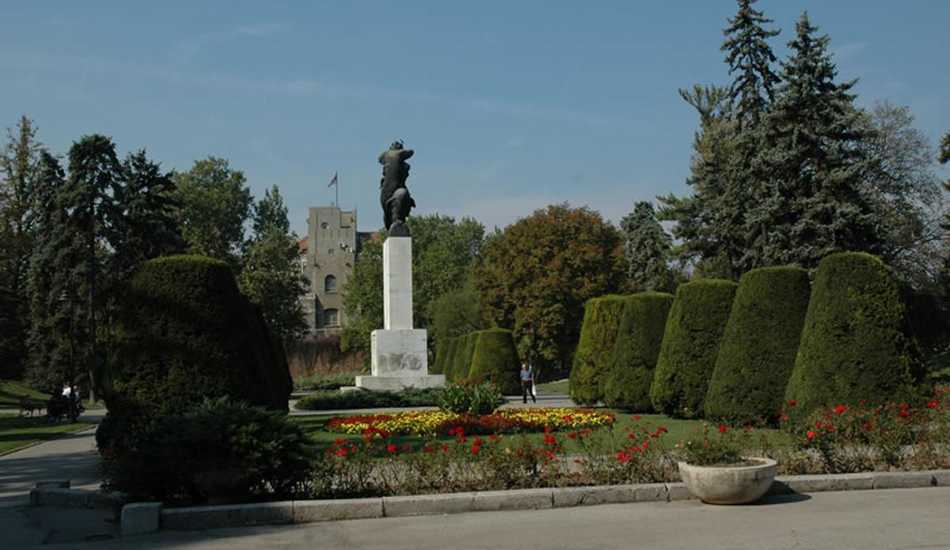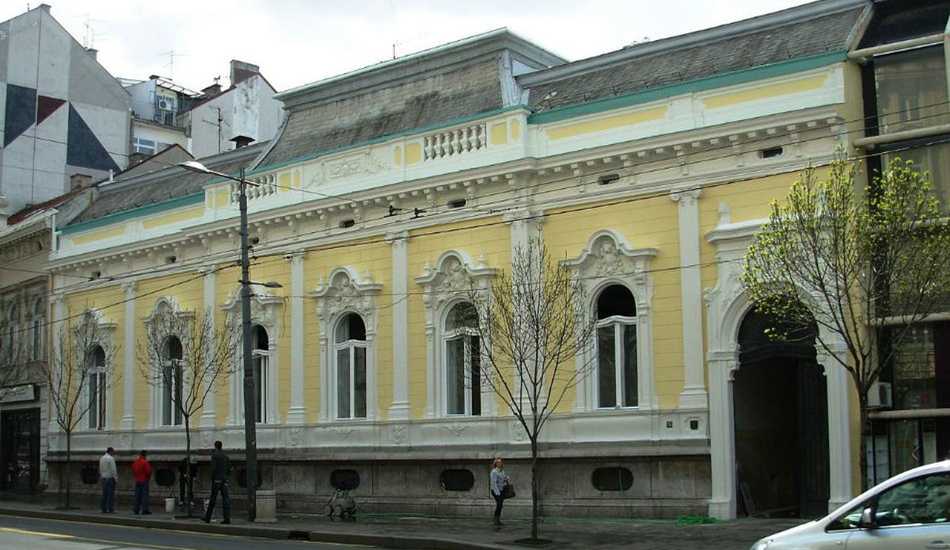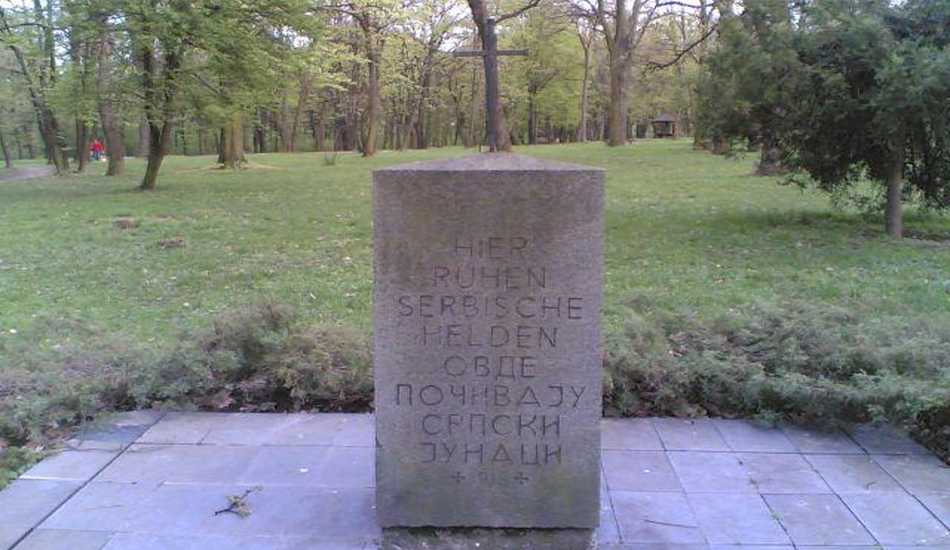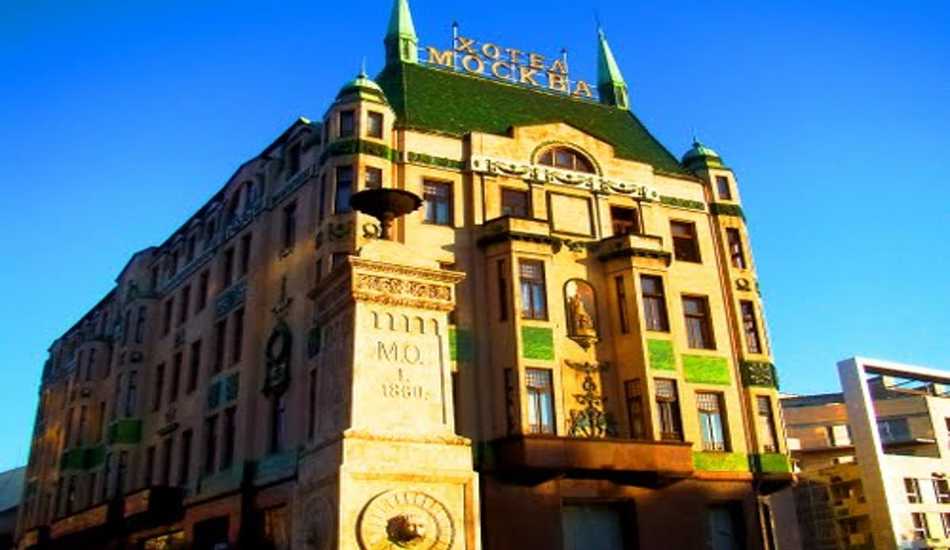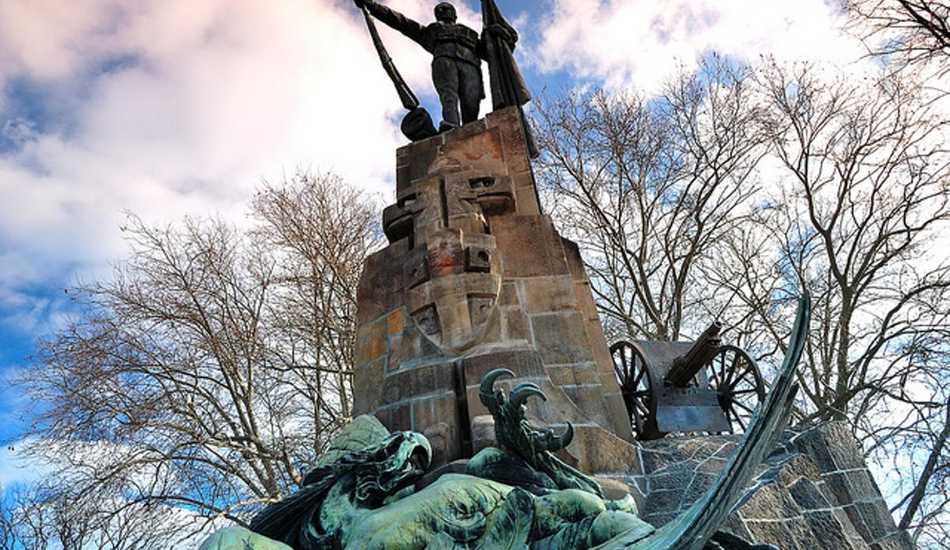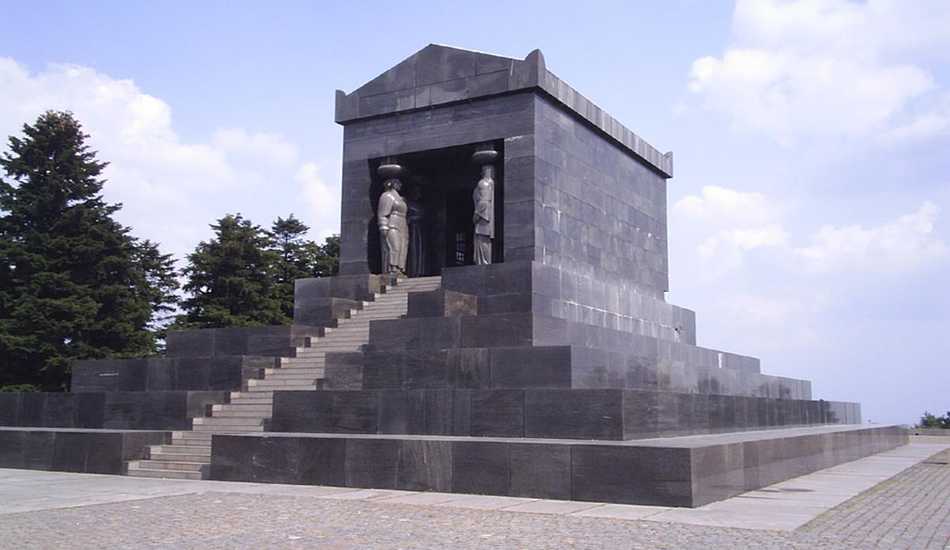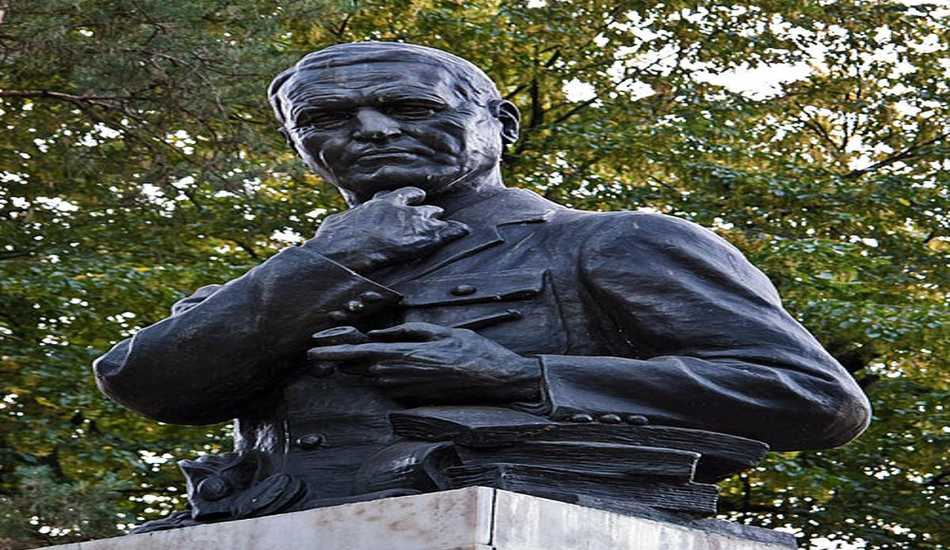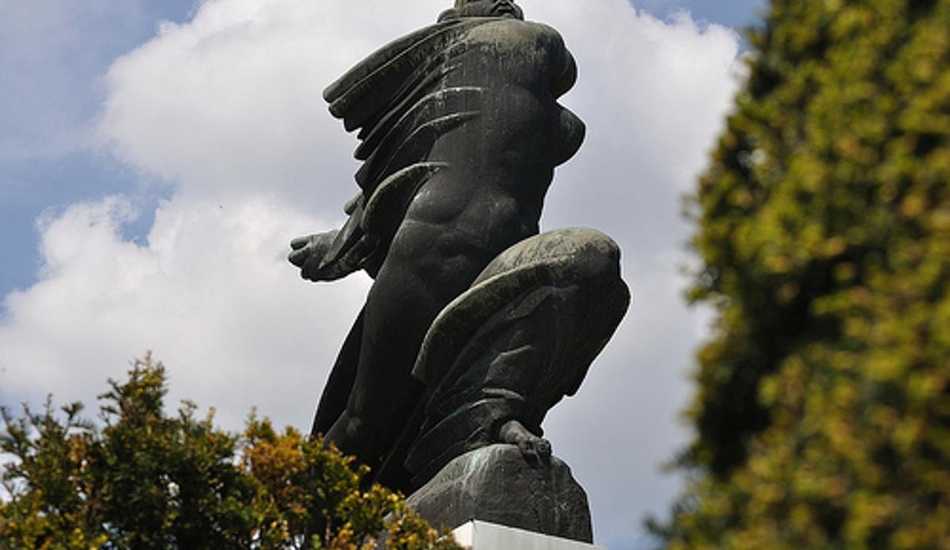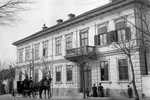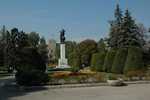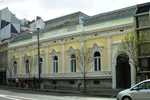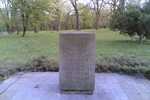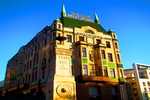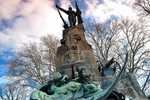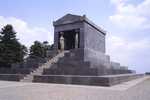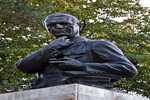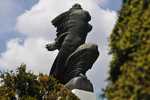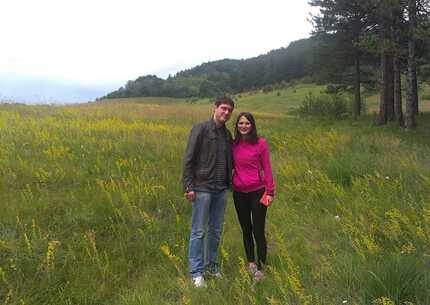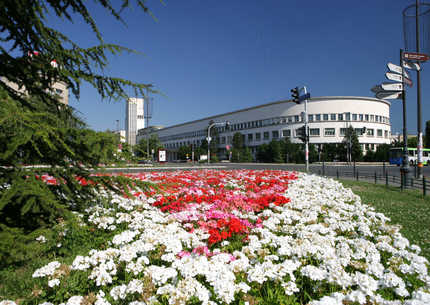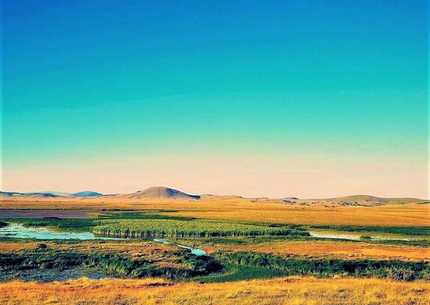Abstract:
Belgrade in World War One of Belgrade reveals Serbia’s capital main landmarks of the time and well kept secrets of circumstances in a run-up to the Great War.Activities:
Meet with historical events that are happen in Belgrade during I World WarSightseeing tour of Pionir Park and its monuments
Terazije (Krsmanovićeva house, Viktorić pharmacy, hotel Moskva)
Sightseeing of Kalemegdan fortress
Visit to Topčider park and monument dedicated to Archibald Reiss
Visit to monuments dedicated to Germain and Serbian soldiers on Košutnjak
Visit to Soldiers monument on Avala Mt.
Tour description:
We start the tour from Slavija Square walking a few corners to the building of the former Austro-Hungarian consulate. Here we will talk about the causes of the strife between the large, old empire and the young Balkan kingdom. How was it that the assasination in Sarajevo was used as an excuse to invade Serbia, an attack that was to enliven the antagonisms between large powers and lead to world war? We will also speak about the summer month between the assasination and the start of the war during which the eyes of the worlds public were focused on Belgrade and how did the great Serbian friend, Russian ambassador Harwig, die in the consulate. Continuing to the former Court Park, today Pioneers’ Park, we arrive to the Lookout of the Serbian High Command brought here from the Thessaloniki Front, an Allied line held together by British, French, Serbian and Italian troops for three years (1916-18). In the Great War Serbia lived through great peril and destruction but also distinguished itself by many heroic feats, not least the battles on Thessalonica Front, its breach and the liberation of the homeland achieved in record time. That is why the Serbian capital still bears many reminders of those tragic and heroic times. We pass by the old royal courts and get to Terazije Square where we will first see Krsmanovic House in which on December 1st, 1918 representatives of Serbs, Croats and Slovenes met to unite into one state. The new state, from 1929 called Yugoslavia, was a product of a lot of dreams and idealism but also faced many difficult problems. Not far is the place where used to stand the Viktorovic Pharmacy, that held an important role in the 1914 battle over Belgrade and which had such bad luck to be destroyed in both World Wars. Nextdoor is Hotel Moscow, the famous hangout of the officers of the „Unification or Death“ association, fanatic fighters for Serbian and Yugoslav unification. Only a hundred meters downhill lies Zeleni Venac Market around which used to stand cafés frequented by Gavrilo Princip and his young friends. The building of one of these cafés still stands but shamefully neglected. Is Serbia proud or ashamed of Gavrilo Princip? We continue to Toplicin Venac where instead of today’s park in 1915 used to stand an ad hoc cemetery of Austro-Hungarian and German soldiers killed in street battles. The park was then adorned by a memorial drinking well erected by occupying troops while today in it stands the Monument to Vojvoda Vuk, the commander of Yugoslav volunteer troops who died in one of the bloodiest battles on the Thessalonica Front, making the name of Kajmakcalan peak legendary. Across the picturesque old streets of Kosancicev venac we come up to the point where we can oversee the former docks of Belgrade where first shots of World War One were fired and where fell the first victims among millions to follow. In Kalemegdan Park we will stop in front of the Monument of Gratitude to France and tell a story how the Allies come to Serbia’s aid. On the same spot until 1915 used to stand the Monument to Karadjordje, the founder of Serbia’s Karadjordjevic dynasty, destroyed by the occupiers as one of the measures aimed at pacifying and forcing Serbia to give up on many of the things it held dearest, from native dynasty to its Cyrillic script. Walking through the Belgrade Fortress, scene of heavy fighting 1914-15 we reach Ruzica Church, the former garrison church. Heavily damaged in war it was renovated with many fine details reminding the knowledgeable eye about the time when Belgrade stood on the frontline. Next to it is one of the ossuaries of the Serbian soldiers scattered around the town. We end the tour /?walking part of the tour?/ in Lower Dorcol, on the spot where in October of 1915 Major Gavrilovic held his famous speech motivating his soldiers for one of the countless attacks and counterattacks that forever changed the face of this quarter. From here we drive towards Kosutnjak Hill passing by the house and the monument to Dr Archibald Reiss, a Swiss citizen who, dreaded by the atrocities of Austro-Hungarian soldiers in western Serbia, remained with the Serbian army until the end of the war and, later on, also settled in Belgrade. Next we drive to the top of the Kosutnjak and the former German military cemetery. Today here stand two monuments erected by Germans in 1916. The larger is to their own soldiers while the smaller one is to their valiant Serbian enemies. At the end of our tour we take a ride to the Novo Groblje Cemetery where we will find separate military cemeteries of French, Italian, British but also of Austro-Hungarian armies. Most of the Allied soldiers died during the final liberation of Serbia in 1918. We wrap the tour up with a visit to the Ossuary of the Defenders of Belgrade, with the largest monument from the time of World War One in Belgrade.

